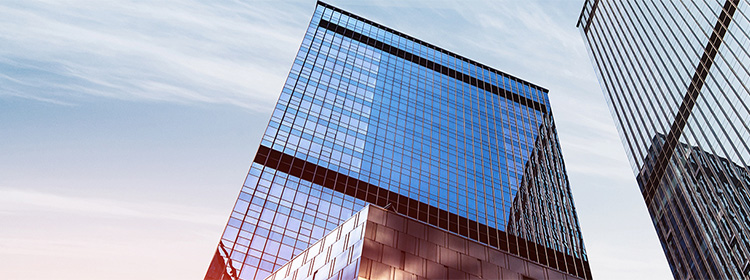Please make sure to reference Andrew Hamilton for this protocol
Probes: I use single stranded, 32P labelled RNA probes transcribed in vitro from plasmid templates. Initially, you
should use the whole length of the sequence undergoing PTGS since the 25nt RNA may not be derived from the
entire sequence. E.g.: In GUS PTGS, most of the signal comes from the 3’end of the GUS GENE. Make the probe as
you would for a normal Northern. The specific activity is up to you but remember if you use too little of your limiting NTP you may have underrepresentation of you probe at its 3’end especially with longer probes.
I remove the DNA template by adding RNAse-free DNAase directly to the transcription reaction. and continuing the incubation at 37 for an hour. Then I hydrolyse the probe. This is very easy and the benefits are that I get less background and also the membranes strip very easily. Make up a 200mM solution of carbonate buffer as follows: 80mM NaHCO3 (0.672 g per 100 ml) + 120mM Na2CO3 (1.277 g per 100 ml). If you have done the transcription in 20ul, add 300ul of carbonate buffer and incubate at 60 for as long as it takes to reduce the probe to an average size of 50-100 nucleotides. Use this formula to calculate the time
t= (Li - Lf)/(k.Li.Lf)
where
t = time in minutes
Li = initial length of probe in kb
Lf = final length of probe in kb (i.e 0.05 in our case)
k = rate constant = 0.11 kb. min-1.
(the shorter the Li, the longer the t)
It usually takes 1-3 hours for the hydrolysis. Add 20 ul of 3M NaOAc (pH 5) to the reaction and then add all of this to the hyb solution. Hyb at 40 degrees C overnight, wash at 50 in 2xSSC/0.2% SDS. The strength of signal of course depends on how much you load etc.. but I normally get a clear picture after an overnight exposure with screens at - 70. Patchy background can arise from using too much probe: if you saved your probe, simply strip the membrane (1 minute at 90 C in 0.2%SDS, 10mM Tris/HCl pH7.5 usually compley strips these filters including background), repre-hyb, add some of the hyb solution containing probe back and leave to hyb again.



